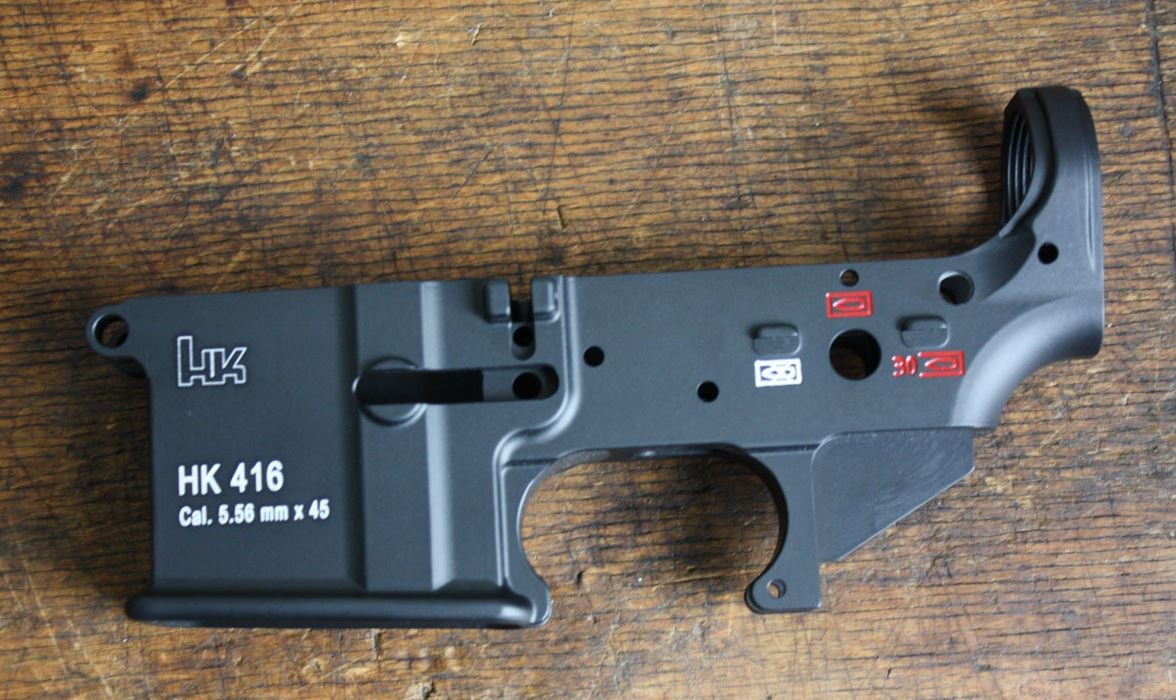

Prohibition was followed by an increase in organized crime, which anti-gun politicians over-estimated to involve the use of submachineguns, especially the Thompson. Private ownership of fully-automatic firearms resulted in no particular crime problem, but became an issue after the prohibition of liquor in 1919 by the 18th Amendment, (repealed in 1933 by the 21st Amendment). fire only once each time the trigger is pulled.2įully-automatic firearms that, due to their weight and that of their typical ammunition supply are too heavy for a single person to carry and use, are properly referred to as "machine guns." Examples include those that are operated while mounted on tripods or affixed to vehicles, aircraft, or ships, and their ammunition supply is provided on belts containing 200 rounds or more.3 However, the terms "machine gun" and "machinegun" have been adopted under various federal and state laws to refer to any firearm capable of firing fully-automatically, regardless of size, weight, or other considerations.4īy the 1920s lightweight fully-automatic firearms were available for sale to the general public. Fully-automatic firearms, first introduced in the late 1800s, are those that, after firing a round of ammunition, automatically reload and fire again, performing this sequence repeatedly as long as their triggers are depressed and their ammunition supplies have not been expended.1 By comparison, other types of firearms - semi-automatic, bolt-action, lever-action, pump-action, single shot, revolver, double-barrel, etc.


 0 kommentar(er)
0 kommentar(er)
